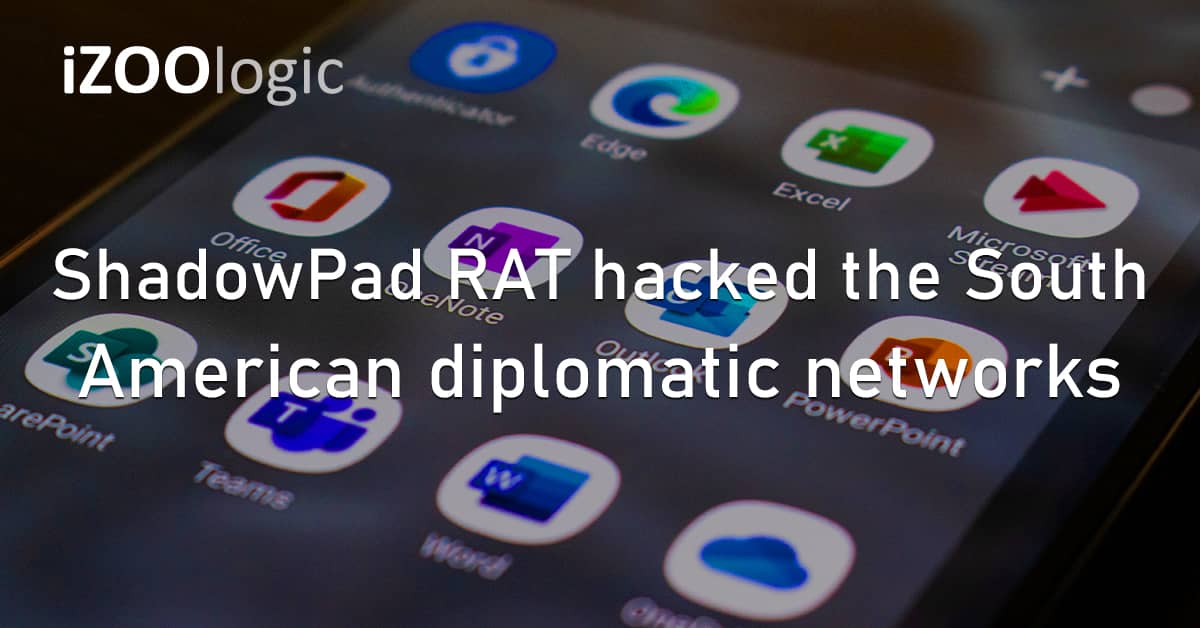About 3.8 million people were notified of a data breach…

iZOOlogic is a specialist IT Security vendor providing Threat Intelligence and Digital Risk Protection solutions
Protecting The World’s Leading Enterprise And Government Organisations
More From iZOOlogic
iZOOlogic enables the business to pro-actively detect and respond to external threats.
Services
Threat Managment
Brand Protection
Anti-Phishing
Digital Asset Management










